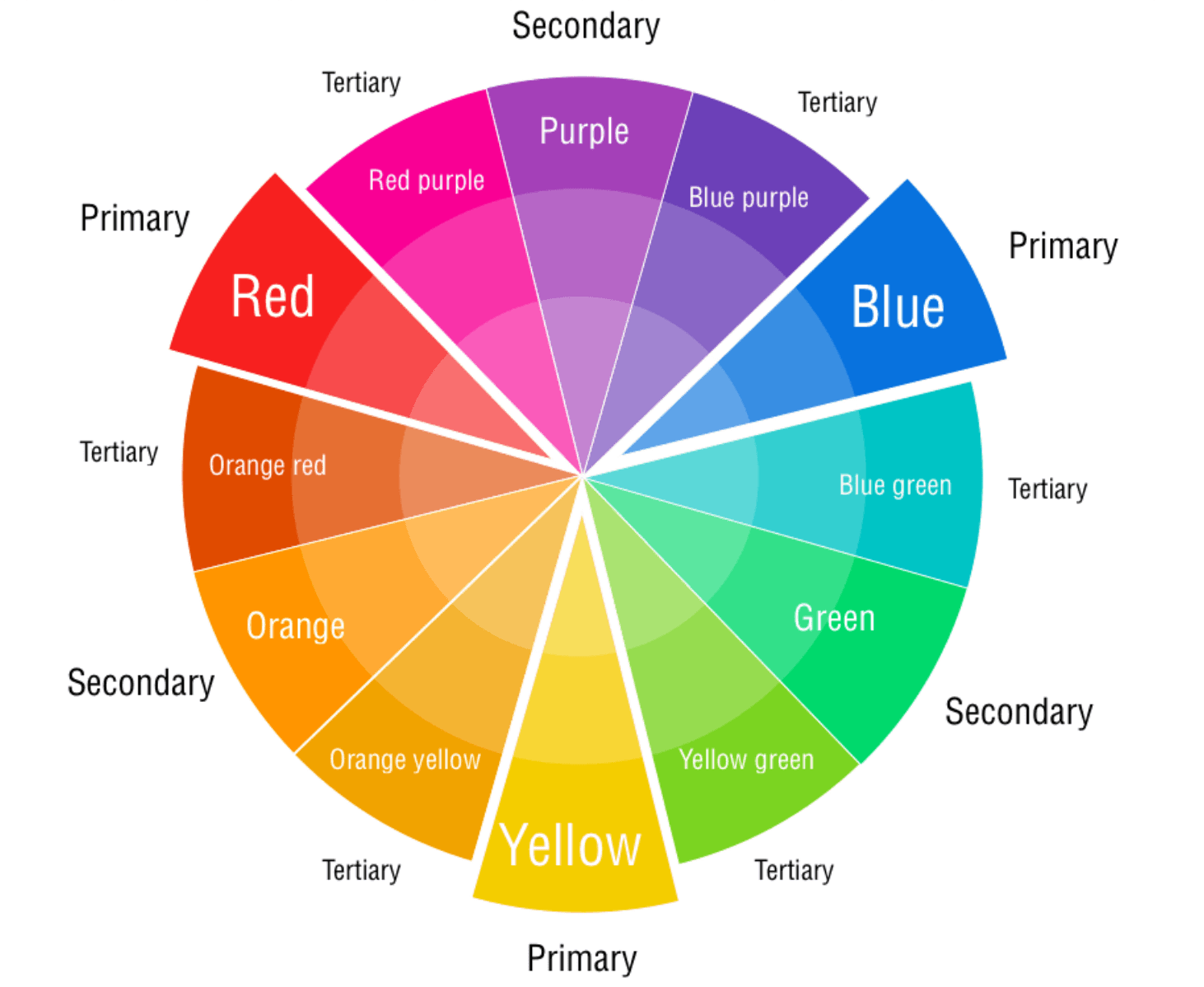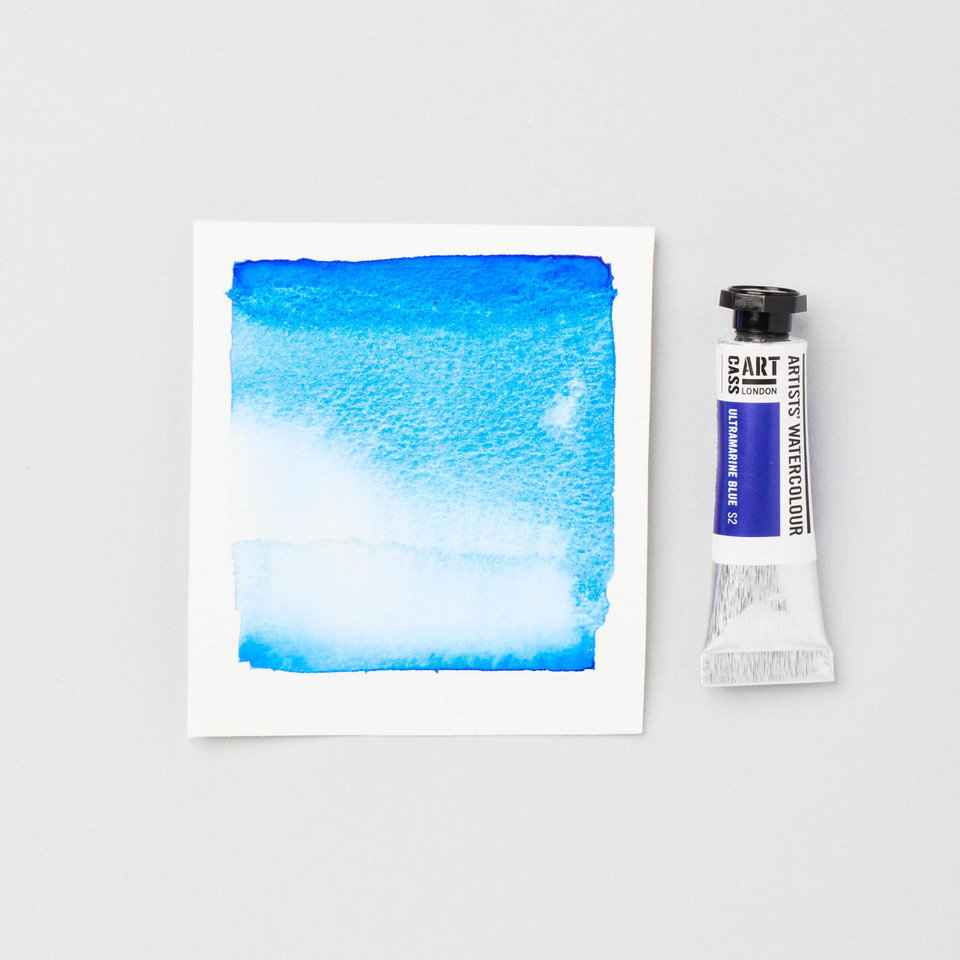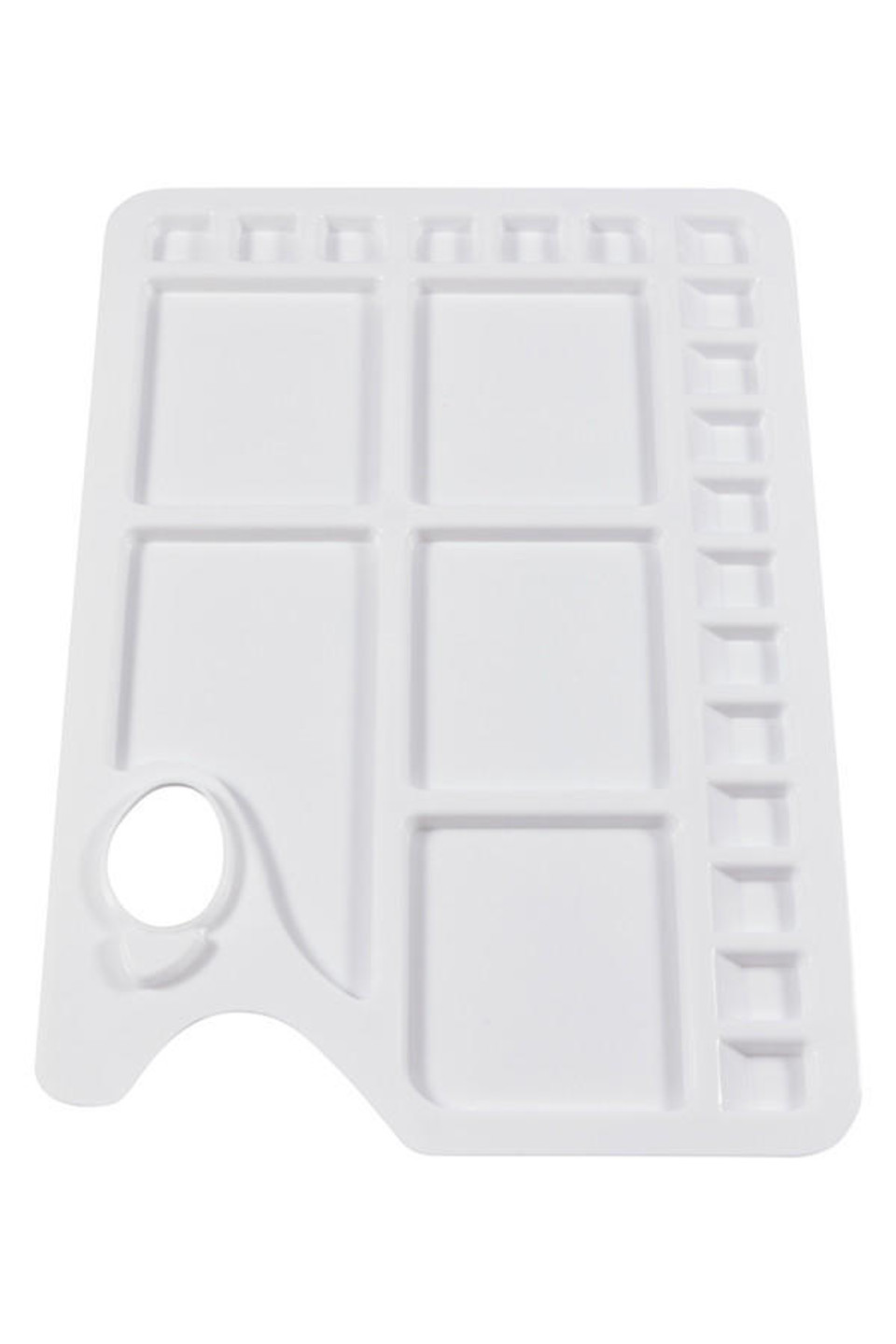Black paint holds a special place in the artist's palette, providing depth, contrast, and dramatic effects. While many artists opt for pre-made black paints, there's an intriguing and creative method to produce black using Alizarin Crimson. This blog explores the fascinating process of making black paint with the versatile pigment and our hero colour as part of our Cass Colour Stories - Alizarin Crimson, opening doors to new possibilities for artists seeking unique hues.

Colour mixing is an art in itself, and achieving black requires a thoughtful understanding of colour theory. In traditional colour theory, black is perceived as the absence of colour. However, in the world of pigments, true black can be achieved by mixing complementary colours. Complementary colours sit opposite each other on the colour wheel, creating a dynamic contrast when combined.
To create black paint with Alizarin Crimson, we need to introduce its complementary colour, which is yellow. In this case, we're going to look at using green and yellow hues initially then introduce a third colour in a blue hue to create a myriad of black tones that will hopefully expand your palette to achieve the desired effect. Follow these steps:
You Will Need
Prepare your materials: Gather your 2 other primaries with Alizarin Crimson, here we choose Pyrolle Yellow Deep,and Ultramarine Blue paint tubes/pans, along with a synthetic brush or if you're using acrylic - a palette knife. Ensure that your workspace is clean and ready for mixing.

Introduce Yellow and Blue: Add a small amount of yellow and blue pigments to the Alizarin Crimson on the mixing palette. The specific amounts may vary depending on the intensity of the colours and your desired result. Start with a conservative amount of each, as it is easier to darken the mixture gradually.
Mix the colours: Use your brush to thoroughly mix the crimson, yellow, and blue pigments together. Take your time, ensuring a uniform blend. Adjust the proportions of each colour until you achieve a dark, neutral shade.

Test and adjust: Apply a small amount of the mixture to a test surface or canvas to evaluate the resulting shade. If the black appears too red, yellow, or blue, make adjustments by adding more of the complementary colour. Continue mixing and testing until the desired black tone is achieved.
Optional modifications: Once you have achieved a basic black shade, you can experiment with additional colours to add depth and complexity. Consider introducing small amounts of complementary colours such as purple or green to enhance the richness of the black.

The act of making your own black paint is not only a practical and cost-effective choice, but it also provides artists with a wealth of creative opportunities. From customization and personal expression to technical understanding and artistic exploration, creating your own black paint empowers you to shape your artwork in a way that aligns with your vision. Embrace the importance of making your own black paint and unleash its potential to elevate your art to new heights.
To create black using Alizarin Crimson and one another colour, you can mix the two pigments together in specific ratios. Alizarin Crimson, with its bluish undertone, can be combined with a complementary color to achieve a dark, rich black. For instance, when mixed with a deep green such as Hookers Green (as you can see below) or sap green, these can create a deep, velvety black hue. The complementary nature of these colours enhances their ability to neutralize each other, resulting in a darker and more vibrant black shade.

Alizarin Crimson and Hookers Green
Hookers Green, a cool green pigment, serves as the complementary color to Alizarin Crimson. Begin by mixing small amounts of Alizarin Crimson and Viridian Green on your palette, gradually incorporating the green into the crimson. Observe as the mixture transforms, gradually darkening into a range of deep grays and ultimately a stunning black. Experiment with different ratios to achieve a black shade that resonates with your artistic vision.
Alizarin Crimson and Ultramarine Blue
This mixture creates a purplish black tone, while the Ultramarine Blue adding a cool bluish undertone to the mixture. Adjusting the ratio of the two pigments can allow for variations in the resulting shade of black, providing opportunities for customization and experimentation in creating different tones of deep, dark hues.

In conclusion, Alizarin Crimson is a versatile pigment that can be used to create a stunning black color when combined with other pigments. Its deep red hue, coupled with a bluish undertone, adds richness and complexity to the resulting black shade.
As we've shown by experimenting with different ratios and combinations, artists can achieve a range of black tones that suit your artistic vision/palette. Whether mixed with Ultramarine Blue for a classic black or paired with complementary colours for unique variations, Alizarin Crimson proves to be a valuable tool in the artist's palette. Its ability to contribute depth and intensity to black opens up a world of possibilities, allowing artists to create captivating and expressive artworks.
Add a Wishlist
form to add wishlist here




